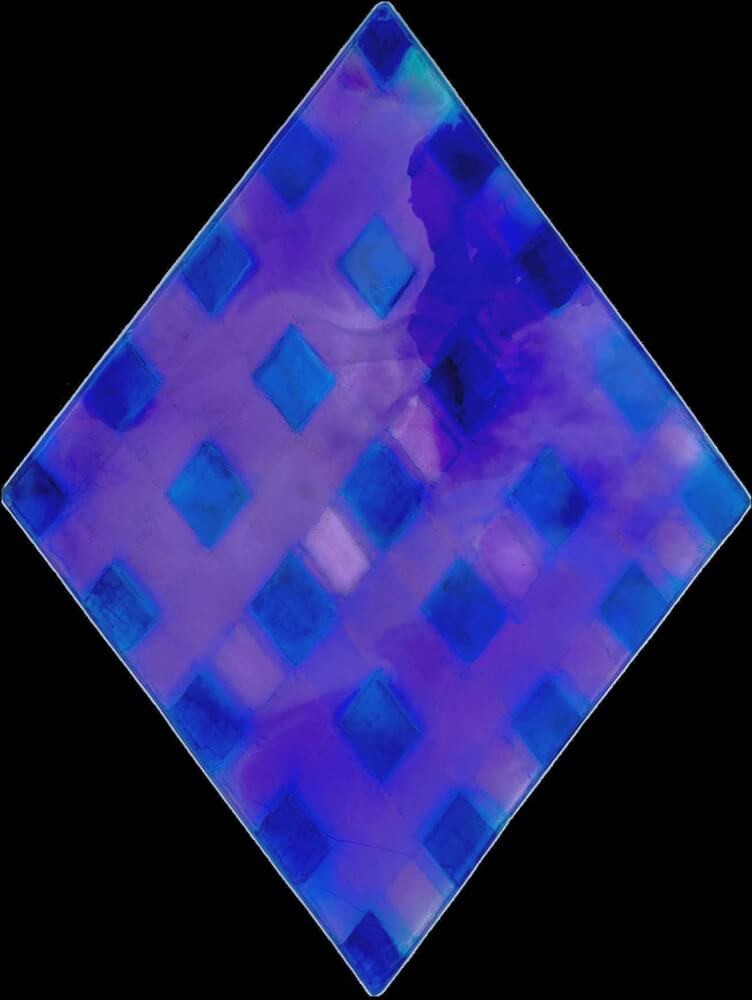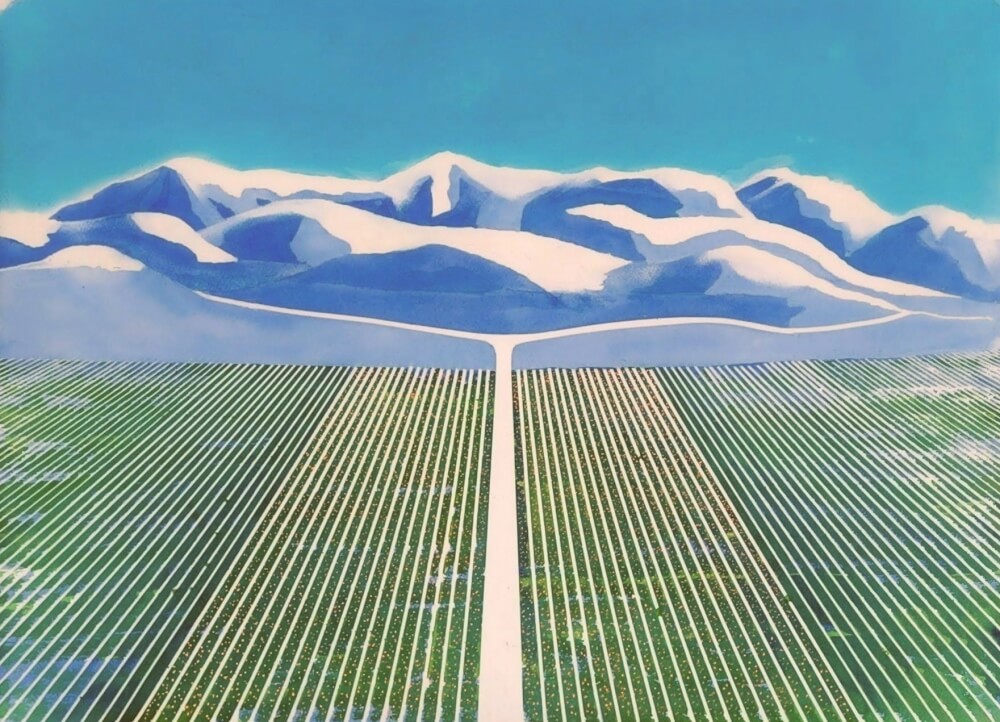
Introduction
I’ve spent two years working with resin and creating “paintings”. These #resinpaintings are something I learned to make using my own ideas and that has evolved into my art form. On Instagram, I’ve seen people making castings of “water” to hang on the wall. Others create river tables. Some design blue-green coastal scenes with real sand. They use white acrylic paint spread with a hair dryer to look like surf. Those artists have their specialty, and they’re good, but I wanted my own. Something to hang on the wall, something medium to large in size, something illuminated, and especially… something transparent.

Basics
I use red, blue, and yellow resin colorant, as well as green, orange and violet. Yes, in theory I could make the secondaries green, orange and violet. However, in practice, it is helpful to have manufactured secondaries. They can be mixed with a primary for a better controlled mix. These resin colors are transparent. This is most important because light shines through my paintings like a stained glass window. These basic colors, plus black and white, give me all I need to create an interesting geometric or landscape painting. My scenes are strong compositions with uniform or abstract shapes. Shades of color are separated by a clear caulking glue used to draw lines and boundaries before pouring colored resin. Within each shape, it is possible to manipulate the color or leave it as a continuous shade. My geometric paintings are tiles of color forming a pattern. My landscapes are abstract shapes forming a picture. Both require a method to control and separate colors while the liquid epoxy resin cures. The caulking sealant glue is clear so lines become invisible like clear resin. The final product is a slab of colored resin about 1/2″ to 1″ thick. Overall dimensions are 18″ to 30″ and sometimes squares, rectangles or hexagons.

Geometry
Geometry plays an important part in the construction of art. The featured subject inside of a rectangular frame is so common. I wanted the opportunity to change that, and not place a frame on each piece. Incorporating a different shape around the art that fits the composition seems a natural step. One geometry element I like to use are triangles, because they can be assembled into patterns, tessellations, and greater compositions. Any picture can (and should) be broken down into abstract shapes. These shapes fit together and create interest. Some of the resin art I create may seem elementary. It is certainly lo fi (low fidelity), chunky, and perhaps without detail. I see color and shape as the two most interesting qualities of art.

Watercolor Analogy
The transparent quality of watercolor is what pulled me toward resin. A watercolor artist can overlay two colors to make a third color. The first layer of pigment is pure and brought out by the white of the paper. The second color modifies the first. In a similar way, two colors in resin can be overlayed to make a third. I’ve figured out how to build layers of a resin painting and those layers optically mix. So, much like watercolor, the final composition of my resin slab is an assembly of shapes. These shapes are separated horizontally. Then, they are modified and enhanced by vertical layers. This takes a little planning so I make detailed drawings at scale.

Preparation Drawings
The process I have learned to use involves working out the angles, lines, curves, intersections, overlaps, and colors on paper. Then, I enlarge that about 3 times for a working drawing size. The working drawing is traced onto clear acetate and used in the layout of the painting. I’ve been fascinated while creating a design, often working for days in a row on one drawing. Not every concept makes it to a resin art painting, just the best ideas. I’ve explored tiles, tesselations, illusions, patterns, arrays, rotations, spirals, clock like figures, cubes and triangles. Hexagons are very easy to conform into stairs of cubes for example, it just takes the right geometry and shading.

Color Wheel
If you haven’t worked with and studied the color wheel then you are missing an important part of art. It is also fascinating. You may say that is elementary. It is true, but the color wheel gives us insight into the rules and the exceptions. I began my exploration of resin by just using red, blue and yellow. Now I know how these work to give me a variety of colors, just like watercolor painting. Nowhere on the color wheel is phthalo blue but many unusual combinations come from mixing this cool blue. See https://www.jacksonsart.com/blog/2021/02/09/the-unique-qualities-of-phthalo-pigments/

photo reference: Jackson’s Art
Discover more from Watercolor Wildflowers Resin Artist
Subscribe to get the latest posts sent to your email.


You must be logged in to post a comment.